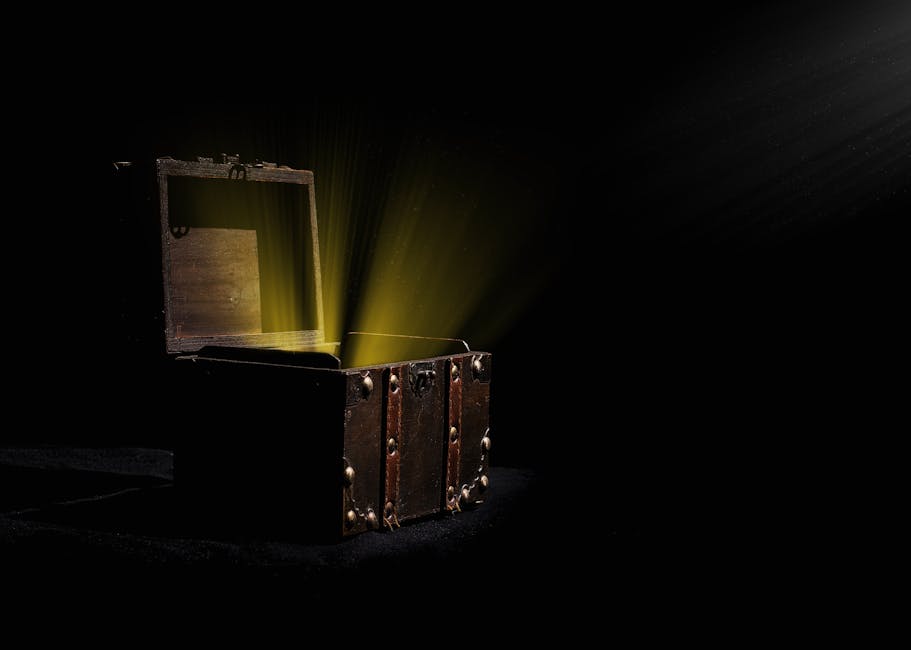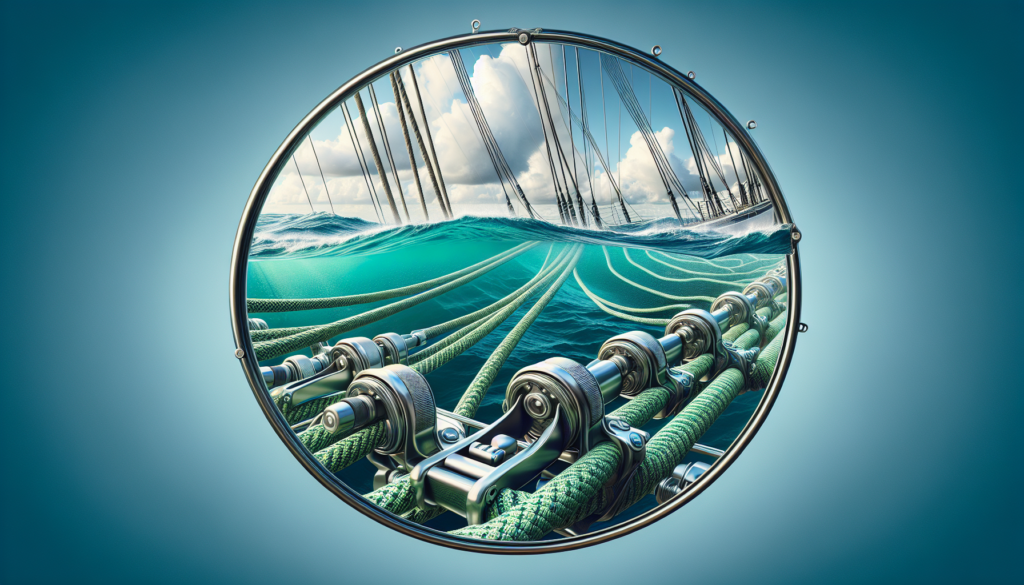Sailing Harnesses: A Comprehensive Guide
When it comes to sailing, safety should always be a top priority. One essential piece of safety equipment that every sailor should have is a sailing harness. These harnesses are designed to keep sailors secure and prevent them from falling overboard, especially in rough weather conditions. In this comprehensive guide, we will explore the world of sailing harnesses, from their history and development to their modern-day applications and significance.
The Evolution of Sailing Harnesses
Sailing harnesses have come a long way since their inception. In the early days of sailing, sailors relied on basic ropes and makeshift harnesses to secure themselves to the boat. However, as technology advanced, so did the design and functionality of sailing harnesses. Today, sailing harnesses are made from high-quality materials such as nylon, polyester, and stainless steel, ensuring durability and reliability in the harsh marine environment.
One of the most significant advancements in sailing harness technology is the integration of safety features such as quick-release buckles, adjustable straps, and reflective materials. These features make modern sailing harnesses more user-friendly and effective in emergency situations.
The Importance of Sailing Harnesses
Why are sailing harnesses so important? The answer lies in their ability to save lives. Accidents at sea can happen in the blink of an eye, and having a sailing harness can mean the difference between life and death. By wearing a harness, sailors can prevent themselves from falling overboard and getting lost at sea. Additionally, harnesses provide a sense of security and peace of mind, allowing sailors to focus on navigating the boat and enjoying their time on the water.
Furthermore, sailing harnesses are not just for professional sailors or seasoned veterans. Even novice sailors and recreational boaters can benefit from wearing a harness. In fact, many sailing schools and organizations require participants to wear harnesses as part of their safety protocols.
Types of Sailing Harnesses
There are several types of sailing harnesses available on the market, each designed for different purposes and preferences. The most common types include:
1. Chest Harness

A chest harness is worn across the chest and shoulders, providing support and stability to the upper body. This type of harness is ideal for sailors who prefer a more secure and snug fit.
2. Waist Harness

A waist harness is worn around the waist, distributing the weight evenly and allowing for greater freedom of movement. This type of harness is popular among sailors who engage in high-intensity activities such as racing or surfing.
3. Full Body Harness

A full body harness provides maximum protection and coverage, extending from the chest to the legs. This type of harness is recommended for sailors who face extreme weather conditions or rough seas.
How to Choose the Right Sailing Harness
When selecting a sailing harness, there are several factors to consider, including comfort, fit, and functionality. Here are some tips to help you choose the right harness for your needs:
1. Fit
Make sure the harness fits snugly but comfortably, with adjustable straps for a customized fit.
2. Safety Features
Look for harnesses with quick-release buckles, reflective materials, and other safety features for added protection.
3. Durability
Choose a harness made from high-quality materials that can withstand the rigors of the marine environment.
4. Comfort
Consider the padding, ventilation, and overall design of the harness to ensure maximum comfort during long periods of wear.
Expert Opinions
To gain further insight into the world of sailing harnesses, we reached out to a seasoned sailor and sailing instructor, Captain Jack Nelson. According to Captain Jack, “A sailing harness is a vital piece of safety equipment that should be worn by all sailors, regardless of experience level. In my years on the water, I have seen firsthand how a harness can save lives and prevent accidents. It’s a small investment that can make a big difference in an emergency.”
Common Misconceptions
One common misconception about sailing harnesses is that they are uncomfortable to wear. While it’s true that some harnesses can be bulky or restrictive, modern designs have addressed these issues by incorporating lightweight materials and ergonomic features. Additionally, wearing a harness properly can significantly reduce discomfort and allow for a full range of motion.
Conclusion
To wrap things up, sailing harnesses are essential safety equipment for sailors of all levels. Whether you’re a seasoned professional or a beginner, wearing a harness can mean the difference between a safe voyage and a potential disaster. By choosing the right harness and following proper safety protocols, you can enjoy your time on the water with peace of mind and confidence in your safety.



